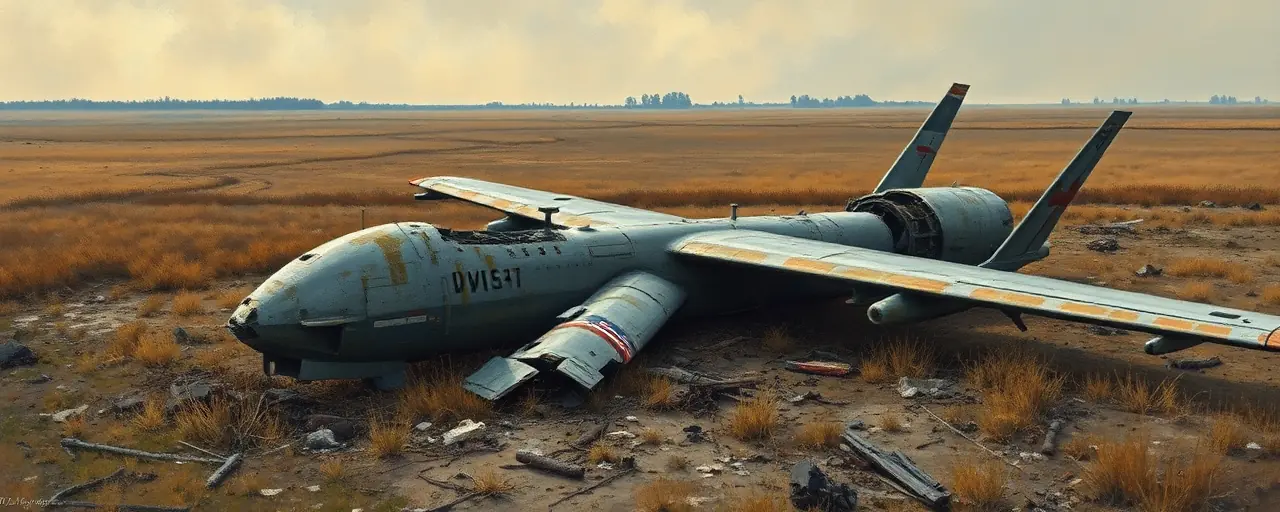A Wake-Up Call From Tehran
The Justice Department just dropped a bombshell that ought to make every American sit up straight. Two Iranian nationals, Hossein Akbari and Reza Amidi, alongside their shadowy outfit Rah Roshd Company, stand accused of a brazen scheme to smuggle U.S.-made technology into Iran’s military hands. These aren’t petty thieves; they’re key players in a conspiracy to arm the Islamic Revolutionary Guard Corps, a designated terrorist group, with parts for drones that threaten our troops, our allies, and innocent civilians worldwide. This isn’t some distant geopolitical chess game; it’s a direct assault on our national security, and it’s happening right under our noses.
What’s at stake here is crystal clear. Iranian drones, like the Mohajer-6, aren’t just buzzing around Tehran’s airspace; they’re showing up in war zones like Ukraine, where Russia deploys them against a battered populace. The fact that these killing machines contain components from a Brooklyn-based company proves one thing: our enemies are exploiting American ingenuity to fuel their war machine. It’s a gut punch to our economic sovereignty and a stark reminder that lax enforcement of export laws has real-world consequences.
The Scheme That Shames Us
Akbari and Amidi didn’t stumble into this; they orchestrated a sophisticated racket. Using shell companies in the UAE and Belgium, spoofed emails, and aliases, they dodged U.S. sanctions with the finesse of seasoned con artists. They funneled payments through Chinese suppliers and UAE-based fronts, laundering money via American banks to keep their operation humming. The endgame? Arming the IRGC with servo motors, pneumatic masts, and engines, all critical for drones like the Mohajer-6, which Ukraine’s air force shot down in 2022, revealing U.S.-made parts inside.
This isn’t new. Iran’s been at this game for decades, from gold-for-oil trades through Turkey’s Halkbank during the Obama years to today’s UAE hub for petrochemical cash. Their playbook thrives on our blind spots: weak oversight, porous borders, and a global financial system that’s too slow to catch up. The Treasury’s latest sanctions on six entities and two individuals tied to Qods Aviation Industries show we’re fighting back, but it’s a whack-a-mole effort against a regime that’s mastered evasion.
Drones of Destruction
Iran’s drone program isn’t a science project; it’s a weapon of chaos. The Shahed-149, with its 4,000-kilometer range, bolsters Tehran’s proxies in Syria, Yemen, and beyond, while the Mohajer-6 aids Russia’s carnage in Ukraine. These aren’t defensive tools; they’re instruments of aggression, hitting Saudi oil fields, Israeli defenses, and now European soil via Moscow’s hands. Every servo motor smuggled by Rah Roshd amplifies this threat, turning American tech into a cog in Iran’s terror machine.
Some argue we’re overreacting, that Iran’s just flexing regional muscle. Nonsense. When the IRGC’s UAV commander pens a love letter to Rah Roshd, quoting the Supreme Leader about ‘disappointing the enemies,’ it’s not posturing; it’s a declaration of intent. Tehran’s drones don’t discriminate between military targets and civilians; they’re built to destabilize, and they’re doing it with our own hardware.
Cracking Down, Finally
The Justice Department’s charges, paired with Treasury’s sanctions, signal a long-overdue shift. The Disruptive Technology Strike Force, a joint effort with Commerce, is targeting these illicit networks head-on. It’s about time. Past administrations let Iran skirt sanctions with impunity; think of the billions funneled through Halkbank or the UAE’s exchange houses. Today’s actions hit Rah Roshd and its enablers where it hurts, cutting off the cash and tech that keep their drones aloft.
International cooperation is ramping up too. The G7 and allies are tightening export controls, while intelligence-sharing with Israel and Europe exposes these schemes. But don’t be fooled; enforcement’s still patchy. Russia and China’s ambivalence leaves gaps Tehran exploits. We need ironclad resolve, not half-measures, to choke off this pipeline.
The Verdict Is In
Here’s the bottom line: Iran’s drone empire thrives because we’ve been too soft, too slow, too trusting. Akbari and Amidi aren’t lone wolves; they’re cogs in a system that laughs at our laws while arming terrorists. Every American part in an Iranian drone is a failure of vigilance, a betrayal of the businesses and workers who built them. We can’t afford to let this slide; our security, our economy, and our moral clarity hang in the balance.
This fight’s not optional. Tehran’s not backing down; their drones are spreading chaos from Kyiv to the Red Sea. The Justice Department’s move is a start, but it’s on us to demand more: tougher sanctions, relentless enforcement, and a foreign policy that puts American interests first. Anything less hands Iran the keys to our own destruction.
